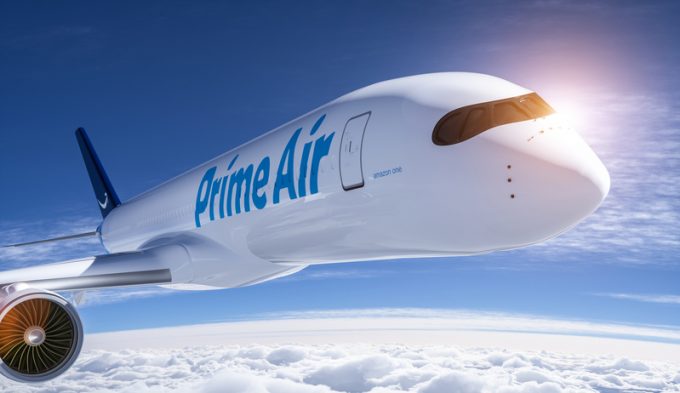Kenya Airways eyes bigger freighters to cope with demand
A booming African market is sending Kenya Airways to get out its orderbook to acquire ...

Amazon Air has joined the scramble for freighter capacity and, with its bottomless pockets, looks likely to bag a long-haul fleet, allowing it to adjust its network strategy, according to aircraft industry executives.
Reports indicate that Amazon is eyeing ten A330-300s and an unspecified number of 777-300s.
Christopher Karp, a consultant with the Network and Fleet Management Solution Group at Lufthansa Consulting, told The Loadstar that, with more than 850 777-300s in the air, Amazon was likely to succeed in its quest.
“Conversion ...
'Disastrous' DSV-Schenker merger would 'disrupt European haulage market'
'To ship or not to ship', the question for US importers amid tariff uncertainty
'Chaos after chaos' coming from de minimis changes and more tariffs
List of blanked transpac sailings grows as trade war heats up and demand cools
EC approves DSV takeover of DB Schenker
Shippers in Asia restart ocean shipment bookings – but not from China
Forto 'sharpens commercial priorities' as it lays off one-third of staff
India withdraws access for Bangladesh transhipments, in 'very harmful' decision
'Tariff hell' leaves industries in limbo – 'not a great environment to plan'
Temporary tariff relief brings on early transpacific peak season
Pre-tariff rush of goods from US to China sees air rates soar, but not for long
De minimis-induced ecommerce demand slump could cripple freighter operators
Asian exporters scramble for ships and boxes to beat 90-day tariff pause
Forwarders 'allowing the fox into the chicken run' by supporting 'hungry' carriers
Hapag 'took the bigger risk' when it signed up to Gemini, says Maersk
'Restoring America's maritime dominance' – stop laughing at the back of the class

Comment on this article